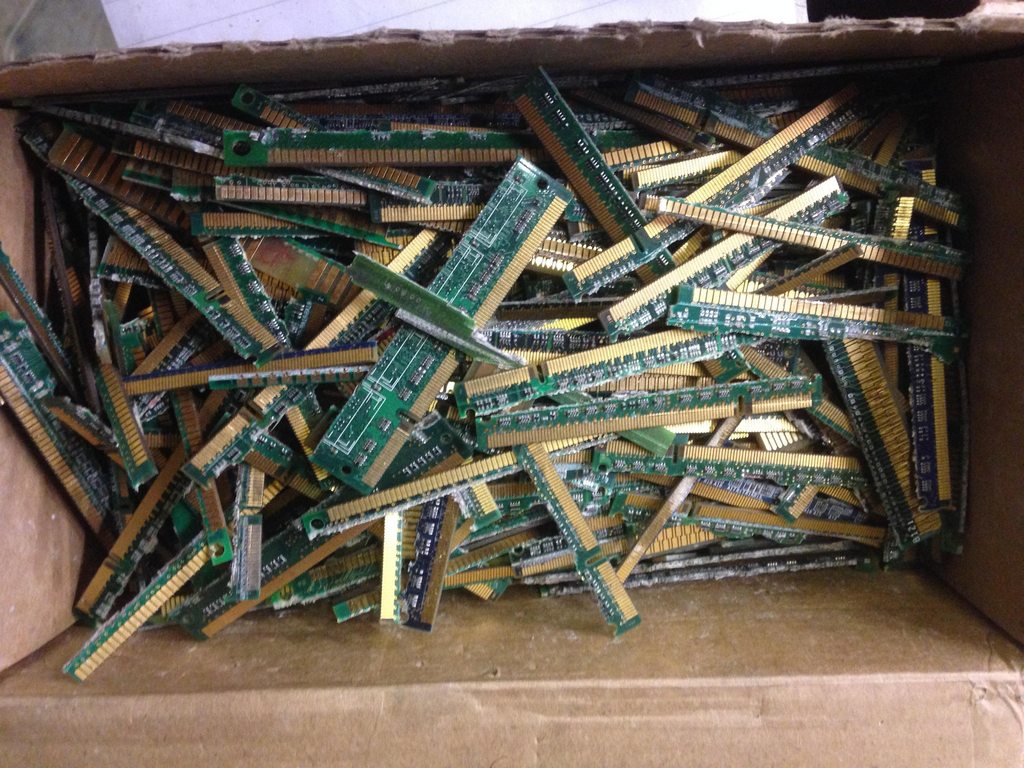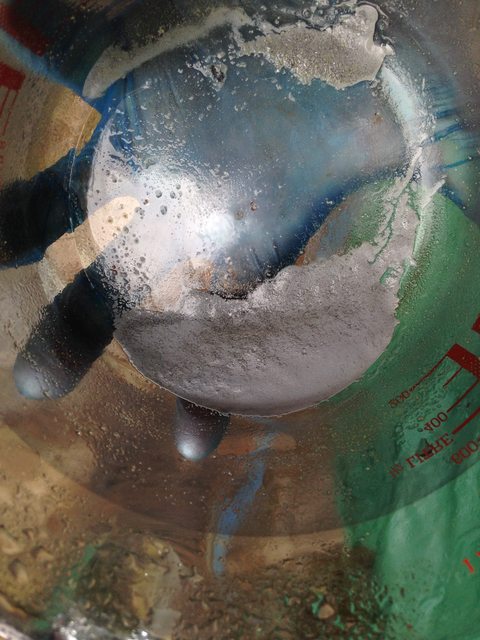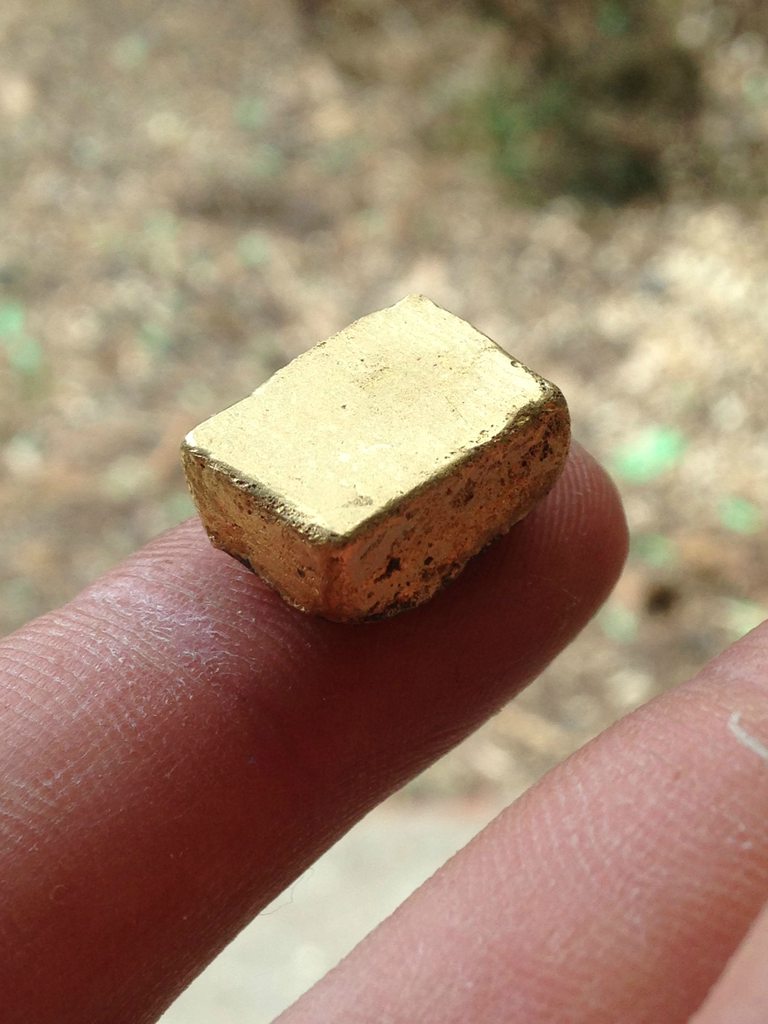Hello,
Long time lurker here, first time posting!
I've been recovering gold from ceramic CPUs for about a year now using AR, cooling it to get the silver chloride out, neutralized with Urea and finally drop out the gold with SMB. So far so good with ceramic CPUs, but I had a load of RAM boards knocking around and decided to do them...
After trimming all the boards I was left with about 600g of fingers:

I ran them through an AR solution until all the gold had gone, got silver chloride out, neutralized and put SMB in and left over night. I did this instead of using HCL and peroxide as I didn't have any. I've ended up with this:

I haven't had a drop like this before as it's too light and alot of it. This is the first time I've done RAM boards and was unsure what I've ended up with....
Thanks
Long time lurker here, first time posting!
I've been recovering gold from ceramic CPUs for about a year now using AR, cooling it to get the silver chloride out, neutralized with Urea and finally drop out the gold with SMB. So far so good with ceramic CPUs, but I had a load of RAM boards knocking around and decided to do them...
After trimming all the boards I was left with about 600g of fingers:

I ran them through an AR solution until all the gold had gone, got silver chloride out, neutralized and put SMB in and left over night. I did this instead of using HCL and peroxide as I didn't have any. I've ended up with this:

I haven't had a drop like this before as it's too light and alot of it. This is the first time I've done RAM boards and was unsure what I've ended up with....
Thanks





